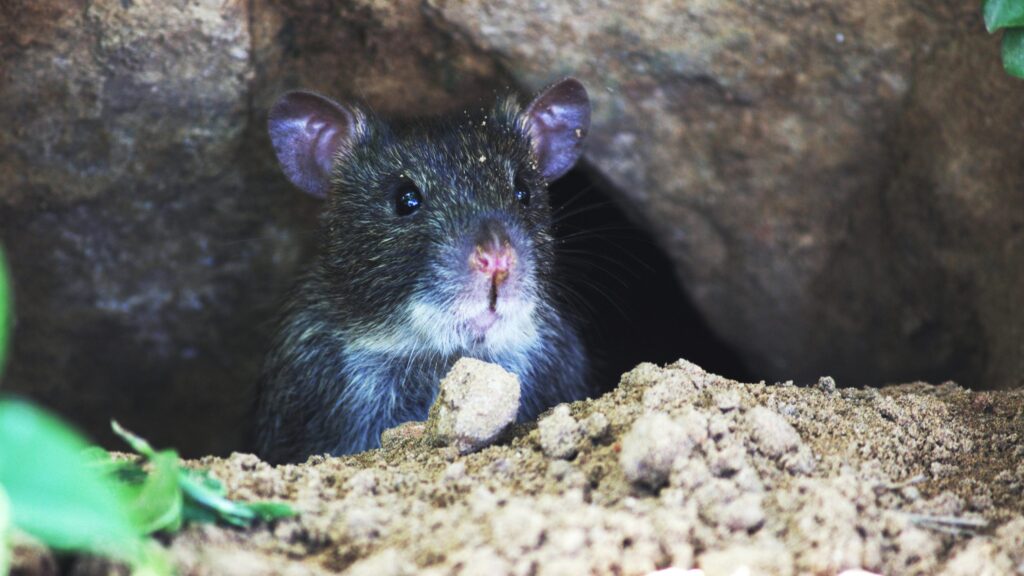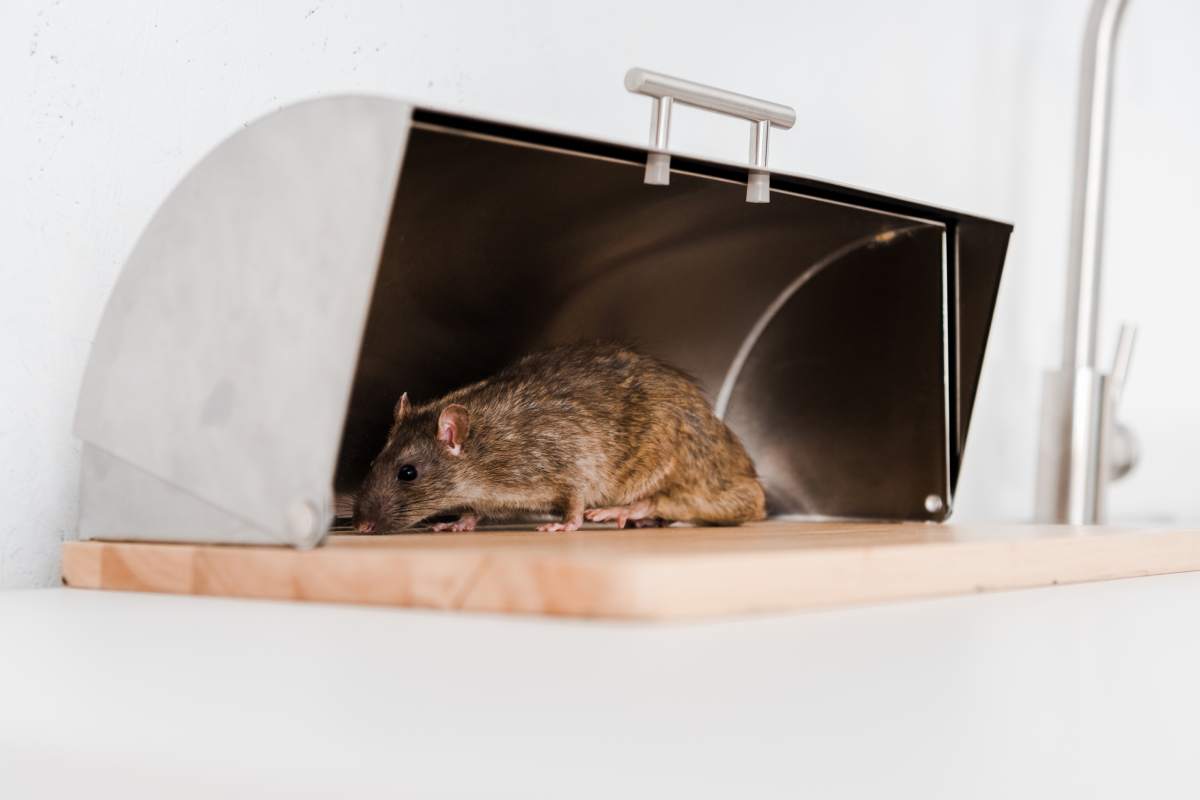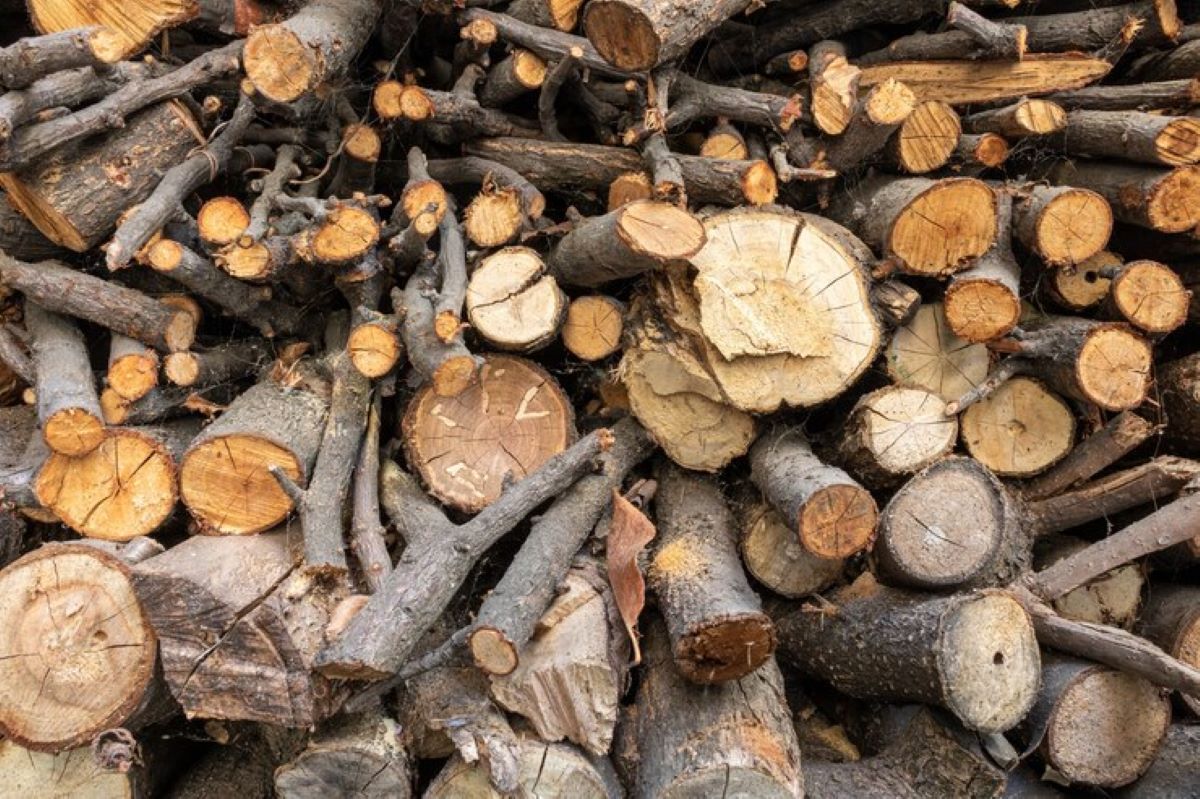How Urgent Is It to Control Rat Infestations in Sydney?
Rat infestations demand immediate action in Sydney. These rodents reproduce at alarming rates, with a single pair capable of producing dozens of offspring within months, turning a minor problem into a full-blown infestation rapidly.
Speed matters when addressing rodent control Sydney issues. Delaying treatment allows rat populations to establish themselves deeper within your property, making eradication progressively more difficult and expensive. The longer rats remain, the more extensive the damage becomes.
The urgency stems from serious threats rats pose to both health and property:
Health hazards include:
- Transmission of over 35 diseases, including leptospirosis and salmonellosis
- Contamination of food preparation surfaces
- Allergens from droppings and urine triggering respiratory issues
- Fleas and parasites carried by rats
Property damage encompasses:
- Gnawed electrical wiring creating fire hazards
- Structural damage to insulation and building materials
- Contaminated food stores requiring disposal
- Damaged furniture, clothing, and personal belongings
Sydney’s warm, humid climate provides ideal conditions for rats to thrive year-round, unlike colder regions where populations naturally decline in winter. This environmental advantage means infestations can escalate quickly without intervention. Acting fast to get rid of rats protects your family’s health whilst minimising repair costs and preventing the infestation from spreading to neighbouring properties.
Why Do Rats Thrive in Sydney Homes?
Sydney’s warm, humid climate creates ideal conditions for rat problems Sydney residents face year-round. Rats seek environments that offer consistent warmth, shelter from predators, and reliable food sources—all readily available in urban homes. The city’s mild winters mean rodent populations never experience the natural die-off that occurs in colder regions, allowing them to breed continuously throughout the year.
These adaptable pests exploit numerous vulnerabilities in residential structures to gain access. Common entry points include:
- Cracks and gaps around windows or doors as small as 12mm provide easy entry
- Openings around utility pipes where plumbing or electrical lines enter buildings
- Damaged roof tiles or eaves that create pathways into ceiling spaces
- Unsealed vents and chimneys offering direct routes indoors
- Gaps beneath garage doors or poorly fitted door sweeps
Rats possess remarkable flexibility, capable of squeezing through openings that appear impossibly small. Their constant gnawing behaviour allows them to enlarge minor imperfections in building materials, transforming tiny cracks into major entry points. Once inside, they establish nests in wall cavities, roof spaces, and subfloor areas where they remain hidden whilst accessing food and water sources.
The combination of Sydney’s climate and abundant urban food waste creates a perfect breeding ground, making health risks rats pose an ongoing concern for homeowners who delay addressing structural vulnerabilities. It’s crucial to seal up these entry points to prevent rat infestations. For more insight on common entry points that rats use, you can refer to this detailed guide on 10 common entry points rats use.

What Health Risks and Property Damage Can Rats Cause?
Rats transmit over 35 diseases that pose serious threats to human health. These rodents spread leptospirosis through their urine, which can contaminate water sources and cause severe kidney and liver damage. Salmonellosis spreads through rat droppings in food preparation areas, leading to acute food poisoning with symptoms including fever, diarrhoea, and abdominal cramps.
Rat-bite fever develops from bites or scratches, whilst their fleas historically carried bubonic plague. The allergens in rat urine and droppings trigger respiratory issues, particularly affecting children and individuals with asthma.
Property Damage Caused by Rats
The damage caused by rats goes beyond what is immediately visible. Their constantly growing front teeth compel them to chew on various materials:
- Electrical wiring, posing fire risks
- Wooden structures and furniture
- Plastic pipes and insulation materials
- Food packaging and storage containers
A single rat colony can contaminate entire food storage areas with urine and faeces, making the food unsafe to eat. Their gnawing habits weaken important parts of walls and ceilings, putting the building’s stability at risk. The greasy marks left by rats along their regular routes can stain surfaces, while their nesting materials accumulate in hidden places like wall cavities and roof spaces.
Financial Consequences of Rat Damage
The financial impact can add up quickly:
- Damaged electrical wiring may require urgent visits from electricians.
- Contaminated food supplies will need to be replaced.
- Structural repairs will require immediate action to prevent costs from rising further.
It’s important to address these issues promptly to avoid more extensive damage and higher expenses down the line.
What Are the Fastest Methods to Get Rid of Rats?
The fastest rat removal methods require attacking the problem from multiple angles simultaneously rather than relying on a single tactic. Speed comes from combining four core strategies that work together to eliminate existing rats whilst preventing new ones from entering.
The Four-Pillar Approach:
- Sanitation – Remove all food sources, water access, and shelter opportunities that sustain rat populations. This starves them out and makes your property inhospitable.
- Exclusion – Seal every potential entry point using copper mesh, expandable foam, and door sweeps. Rats can squeeze through gaps as small as 12mm, making thorough sealing critical.
- Trapping and Baiting – Deploy snap traps for immediate kills in active areas, whilst tamper-proof bait stations handle wider coverage. This dual approach tackles both visible rats and hidden populations.
- Professional Services – Expert pest controllers identify hideouts you might miss, use commercial-grade products unavailable to consumers, and guarantee results with follow-up visits.
Sydney’s humid climate accelerates rat breeding cycles, meaning a single pregnant female can produce up to 84 offspring annually. This rapid reproduction makes Rodent Control Sydney: What’s the Fastest Way to Get Rid of Rats? a time-sensitive question. The answer lies in implementing all four strategies within 24-48 hours of discovering signs of infestation, creating an environment where rats cannot survive or reproduce.
How Does Cleaning and Sealing Entry Points Help Speed Up Rat Removal?
Cleaning for rodent control eliminates the resources rats need to survive, forcing them to relocate or become more vulnerable to traps. Cluttered spaces provide ideal nesting sites—piles of newspapers, cardboard boxes, and unused furniture create hidden pathways where rats breed undisturbed. Removing these materials exposes their hiding spots and reduces shelter options dramatically.
Food sources attract and sustain rat populations. Storing pantry items in sealed containers, disposing of rubbish promptly, and cleaning up spills immediately removes the incentive for rats to remain in your property. Gardens with overgrown vegetation or woodpiles stacked against walls offer additional harbourage that must be addressed.
Sealing rodent entry points prevents new rats from entering whilst you eliminate existing populations. Rats squeeze through openings as small as 2cm, making thorough inspection critical. Common vulnerabilities include:
- Gaps around pipes where plumbing enters walls or foundations
- Cracks around windows and door frames that have deteriorated over time
- Ventilation openings without proper mesh screening
- Damaged roof tiles or eaves providing roof rat access
Copper wire mesh works effectively around pipes since rats cannot gnaw through it. Door sweeps block gaps beneath external doors, whilst expandable foam fills smaller holes in walls. Repairing plumbing leaks simultaneously removes water sources rats depend on for survival.
What Are the Most Effective Trapping and Baiting Techniques for Quick Rat Control?
Snap traps deliver immediate results by killing rats instantly upon contact. These mechanical devices work best when positioned along walls where rats naturally travel, with the trigger end facing the skirting board. Place them in attics, under sinks, and behind appliances where droppings indicate activity. Keep snap traps away from areas accessible to children and pets, and check them daily to remove dead rodents promptly.
Tamper-proof bait stations provide a safer alternative for targeting rats across larger properties or outdoor spaces. These locked containers allow rats to enter and consume poison whilst preventing children and pets from accessing the toxic bait inside. Each station covers approximately a 10-metre radius, making them ideal for gardens, garages, and perimeter protection.
Live traps offer a humane option for single-rat problems, though they require immediate relocation of captured animals far from the property. Multi-catch devices handle larger infestations by trapping multiple rats without resetting.
Professional pest controllers recommend combining both snap traps and bait stations for maximum effectiveness. Traps work faster for visible rats indoors, whilst bait stations eliminate hidden populations in walls, roof voids, and outdoor areas. Bait systems require expert handling due to toxicity risks and proper placement knowledge. It’s also crucial to adhere to local municipal rodent management guidelines to ensure effective control measures.
When Should Professional Pest Control Services Be Engaged for Fast Rodent Control?
Should you call professionals immediately or try DIY methods first?
Contact professional pest control Sydney experts when you spot multiple rats, discover extensive droppings, or notice persistent activity despite your control efforts. Professionals deliver the fastest results for severe infestations.
What advantages do pest control experts provide?
Trained technicians conduct thorough property inspections that reveal hidden rat hideouts in roof voids, wall cavities, and subfloor areas—spaces homeowners typically cannot access safely. Their expertise identifies all entry points, including subtle gaps around utility lines and structural weaknesses you might overlook.
How do professionals accelerate extermination?
Expert services combine multiple strategies simultaneously:
- Strategic placement of commercial-grade traps and bait stations based on rat behaviour patterns
- Professional-strength rodenticides unavailable to consumers
- Immediate sealing of entry points using specialised materials
- Follow-up inspections to verify complete eradication
When does DIY become insufficient?
Large infestations require professional intervention because rats multiply exponentially—a single pair can produce 2,000 descendants annually. If you’ve implemented trapping and sanitation measures for two weeks without significant reduction in activity, professional assistance becomes essential.
Licensed pest controllers also handle carcass removal safely, preventing disease exposure and secondary pest problems. They provide service guarantees, ensuring rats don’t return within specified periods—protection DIY methods cannot offer.

What Safety Precautions Are Necessary During Rodent Control?
Rodent poison safety requires strict protocols to prevent accidental exposure to household members and animals. Rat baits contain toxic substances that pose serious health risks if ingested, making secure storage and careful placement essential during treatment.
All rodenticides must be kept in locked cabinets or high shelves completely inaccessible to children and pets. Tamper-proof bait stations provide an additional layer of protection by preventing direct contact with poison whilst still allowing rats to feed inside the secured compartment.
Critical Safety Measures
- Never place bait in open areas where curious pets or children might encounter it
- Wear disposable gloves when handling traps, baits, or dead rodents to avoid disease transmission
- Remove dead rodents immediately using sealed plastic bags to prevent decomposition odours and secondary poisoning risks
- Ventilate treated spaces thoroughly before allowing family members back into the area
- Keep emergency contact numbers for poison control centres readily available
If accidental ingestion occurs, contact a medical professional or veterinarian immediately with details of the product used. The active ingredient information printed on bait packaging helps healthcare providers administer appropriate treatment quickly.
Snap traps require careful positioning away from foot traffic to prevent accidental triggering. Place them along walls where rats naturally travel, ensuring children and pets cannot reach the mechanism during normal household activities.
Can Natural Repellents Aid in Fast Rodent Control?
Natural rat repellents Sydney options provide limited support but won’t eliminate an active infestation quickly. These deterrents work by creating unpleasant environments that discourage rats from settling, though they rarely force established populations to leave.
Several natural substances show repellent properties:
- Peppermint oil produces a strong scent rats find offensive when applied to cotton balls near entry points
- Pine oil creates an aromatic barrier that may deter exploration in treated areas
- Cayenne pepper irritates rodent nasal passages when sprinkled along pathways
- Cloves emit an odour rats typically avoid when crushed and scattered
- Ammonia mimics predator urine scents, potentially signalling danger to rodents
These methods require frequent reapplication as scents dissipate rapidly, especially in Sydney’s humid climate. Rats adapt to smells over time, reducing effectiveness even with consistent use.
When speed matters, natural repellents serve as supplementary measures only. They cannot match the rapid results of professional trapping, baiting, and exclusion techniques. A rat infestation demands immediate intervention through proven extermination methods rather than reliance on deterrents alone.
Consider natural repellents for prevention after successful eradication or as minor support alongside comprehensive control strategies. For Rodent Control Sydney: What’s the Fastest Way to Get Rid of Rats?, the answer remains professional-grade solutions combined with sanitation and structural repairs, not natural alternatives.
Related : Termite Pest Control Sydney: What Are the Early Signs of Infestation?


